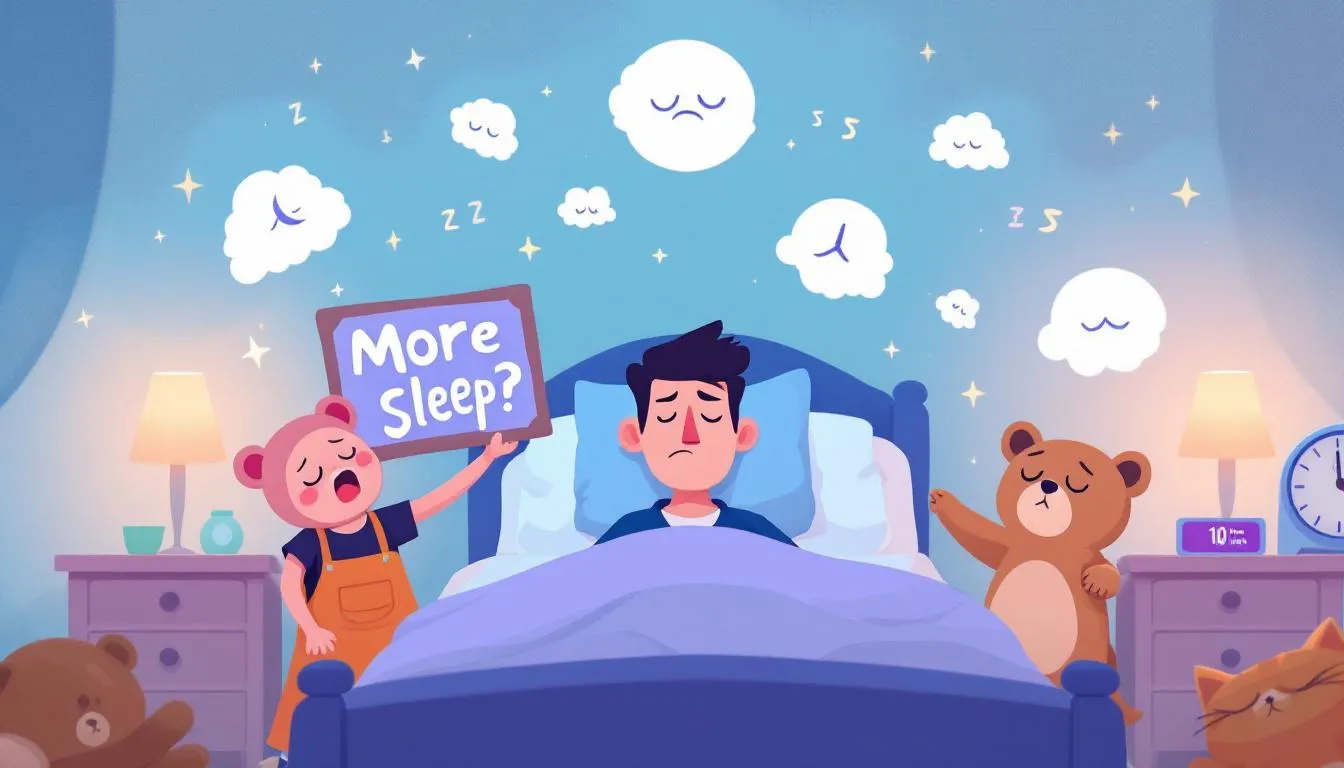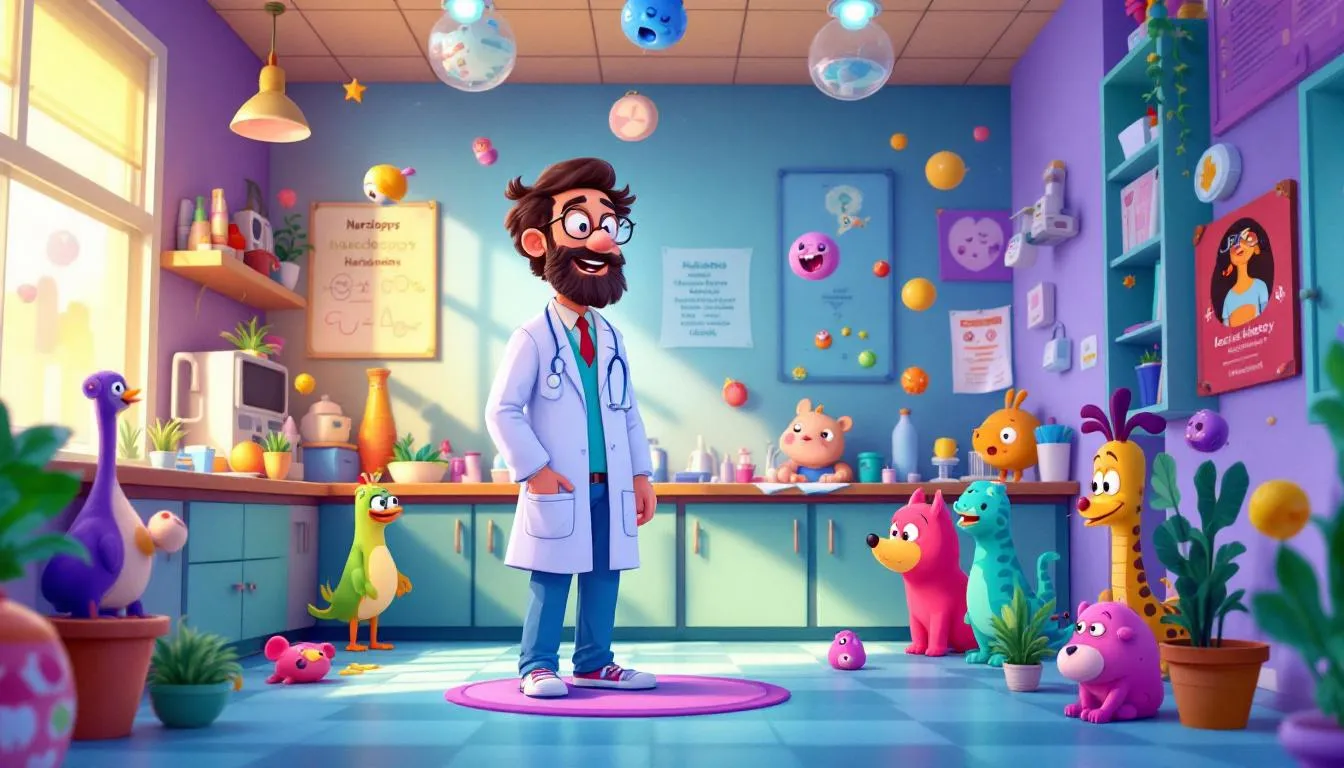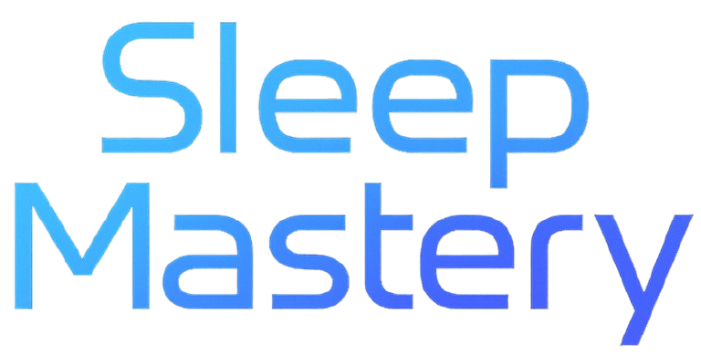Narcolepsy is often misunderstood due to numerous myths. These myths about narcolepsy can delay diagnosis, treatment, and support for those affected. This article will debunk these myths to help you better understand and support individuals with narcolepsy.
Key Takeaways
- Narcolepsy affects approximately 1 in 2,000 people, yet it remains underdiagnosed, with only 25% of cases receiving proper diagnosis and treatment.
- Narcolepsy is a complex neurological disorder requiring specialized medical treatment, not simply just more sleep, to manage symptoms effectively.
- Misconceptions about narcolepsy, such as the idea that it is not serious or that symptoms are always obvious, hinder timely diagnosis and appropriate care.
Myth: Narcolepsy Is Extremely Rare

Narcolepsy affects approximately 1 in 2,000 people, making it more common than generally perceived. According to the National Institute of Neurological Disorders and Stroke, this prevalence highlights the importance of credible data in understanding narcolepsy. Despite this prevalence, it remains seriously underdiagnosed, with only about 25% of cases being properly diagnosed and treated. This underdiagnosis is partly because narcolepsy is often overshadowed by more familiar sleep disorders like insomnia and sleep apnea.
Some narcolepsy patients wait up to ten years for a correct diagnosis after symptoms begin, often being misdiagnosed with depression or other conditions due to overlapping symptoms. This delay not only prolongs patient suffering but also complicates the path to effective treatment.
Recognizing that narcolepsy is more common can lead to early symptom identification and seek medical attention. Increased awareness improves diagnosis rates and quality of life for those affected.
Myth: People with Narcolepsy Just Need More Sleep

A persistent myth about narcolepsy is that individuals simply need more sleep. However, narcolepsy is a neurological disorder involving abnormalities in the regulation of sleep-wake cycles and the sleep cycle, leading to excessive daytime sleepiness, excessively sleepy episodes, and disrupted nighttime sleep. The brain controls sleep and wakefulness through specific structures and neurochemical mechanisms, and disruptions in these brain controls are central to narcolepsy.
Specialized medical treatment is required for narcolepsy, as merely increasing sleep duration does not address the underlying neurological issues. While getting enough sleep is important for overall health, narcolepsy is not caused by simply not getting enough sleep. Effective management often involves a combination of medications and lifestyle changes tailored to help manage symptoms and improve quality of life, often guided by a sleep specialist and sleep medicine.
Understanding that narcolepsy is a complex condition requiring comprehensive care is crucial. It is important to distinguish narcolepsy from sleep deprivation; while sleep deprivation can cause excessive sleepiness, narcolepsy is a distinct neurological disorder. Simply suggesting that individuals need more sleep overlooks the serious nature of this disorder and the specific treatments needed.
Myth: Narcoleptics Collapse All the Time
A dramatic misconception is that people with narcolepsy frequently collapse without warning. Key points to understand are:
- Cataplexy, characterized by sudden loss of muscle control, occurs in some individuals.
- Cataplexy is not as pervasive as often depicted.
- Only about 10% of people with narcolepsy experience sudden falls.
Cataplexy can manifest as brief episodes of muscle weakness triggered by strong emotions such as laughter or anger. These episodes are often mistaken for clumsiness or emotional outbursts, leading to misunderstandings and delayed diagnosis. Unlike seizures, individuals remain conscious during cataplexy episodes, complicating accurate identification. Those who experience cataplexy may find it particularly challenging to navigate social situations, affecting their overall muscle tone.
The portrayal of narcoleptics collapsing all the time is sensationalized. Most people with narcolepsy do not experience such dramatic symptoms, and those who do can often manage them with appropriate treatment and precautions. These are just some narcolepsy myths surrounding common myths about narcolepsy.
Myth: Children Can’t Have Narcolepsy

Although often considered an adult condition, narcolepsy can affect a child as well. It can begin as early as age five, though many cases are diagnosed later due to symptom misattribution. In children, symptoms like cataplexy may present as unusual facial expressions or movements, often mistaken for distress or attention-seeking behavior.
The Cleveland Clinic is recognized as a reputable source for information on pediatric narcolepsy, offering expertise in diagnosing and researching the condition in children.
Pediatric narcolepsy is frequently underdiagnosed, but early diagnosis and treatment are crucial. Children can receive effective treatment from pediatric sleep doctors, significantly improving their quality of life. The National Sleep Foundation also provides authoritative information about narcolepsy onset in childhood and adolescence, emphasizing the importance of understanding sleep-related symptoms in kids. Recognizing that narcolepsy can affect children helps in seeking timely medical advice and appropriate care.
Myth: Narcolepsy Isn’t Serious

Narcolepsy is one of several serious neurological disorders that require specialized care. It is a chronic neurological condition with no known cure, making it a serious health issue. The condition can lead to dangerous situations, as individuals may experience sudden sleep attacks or cataplexy, resulting in injury if they occur at the wrong time. Beyond these immediate risks, narcolepsy significantly disrupts daily life and relationships, reducing quality of life.
People with narcolepsy type often face additional health conditions, such as cognitive impairments, mood disorders like depression, metabolic conditions including obesity and diabetes, and various medical problems. Narcolepsy frequently co-occurs with other medical conditions, such as acid reflux, thyroid problems, stroke, asthma, and other chronic illnesses, which can complicate diagnosis and treatment. They may also experience frightening symptoms like sleep paralysis and hallucinations during transitions between sleep and wakefulness, as well as other sleep disorders.
Management strategies, including medication and lifestyle changes, can greatly improve the quality of life for those affected by narcolepsy. Awareness of the seriousness of narcolepsy is crucial for seeking the medical attention needed to manage this condition effectively.
Myth: People with Narcolepsy Can’t Drive
A common misconception is that people with narcolepsy cannot drive. With proper treatment and medical clearance, many individuals can drive safely. However, if they experience excessive daytime sleepiness, they should refrain from driving until symptoms are well-managed.
Precautionary measures, such as taking naps before driving, can help mitigate the risks associated with narcolepsy while on the road. Balancing treatment and self-care is key to maintaining the ability to fall asleep safely.
Myth: Narcoleptics Don’t Have Trouble Sleeping at Night
Despite excessive daytime sleepiness, individuals with narcolepsy often face significant challenges sleeping at night. They frequently experience trouble falling asleep and maintaining sleep due to sleep fragmentation and sleep disruption, which disrupts the normal progression of sleep stages. Frequent waking during the night leads to reduced quality of sleep. Individuals with narcolepsy may experience frequent waking throughout the night, further disrupting their sleep. Disruptions in non REM sleep stages, including N1, N2, and N3, contribute to poor sleep quality in narcolepsy by interfering with restorative processes such as tissue repair, cell growth, and immune function. This disruption severely affects sleep quality, complicating the management of daytime symptoms.
Recognizing that narcoleptics can have trouble sleeping at night helps in understanding the full scope of the disorder and the need for comprehensive treatment with sodium oxybate.
Myth: Narcolepsy Only Affects Sleepiness
Narcolepsy affects much more than just sleepiness. The chronic nature of the disorder that affects can lead to significant emotional distress and impact mental health, with higher rates of psychiatric disorders like anxiety and depression compared to the general population. Cognitive difficulties, such as issues with memory and attention, are also common and can hinder daily functioning. Narcolepsy can also cause unpredictable or low energy levels, which impacts alertness, motivation, and the ability to function throughout the day.
Additionally, narcolepsy is associated with various health issues, including metabolic disorders and an increased risk of cardiovascular diseases. The neuropeptide orexin, which regulates sleep, also plays a role in metabolic processes, linking narcolepsy to obesity and eating disorders.
Recognizing that narcolepsy affects multiple aspects of health beyond sleepiness is crucial for comprehensive care and management. With proper management, most patients can regain significant functioning and improve their quality of life.
Myth: Narcoleptics Are Lazy or Unmotivated

The perception that narcoleptics are lazy or unmotivated is a harmful misconception. Individuals with narcolepsy battle excessive sleepiness despite their desire to remain alert and active. People with narcolepsy often struggle to stay awake during the day, even when they are trying their best. This struggle can make them appear disinterested or unmotivated, but it is a result of their condition rather than a lack of effort.
Diagnosis can change this perception, clarifying that narcoleptics are dealing with a medical disorder affecting their alertness. Understanding this can lead to greater empathy and support from peers and authority figures. Sleep specialists play a crucial role in diagnosing narcolepsy and helping to dispel myths about motivation and effort.
Myth: Narcolepsy Symptoms Are Always Obvious
Narcolepsy symptoms are not always obvious and can be easily overlooked or misdiagnosed. Cataplexy, for instance, is often mistaken for clumsiness as it involves sudden muscle weakness triggered by emotions. A significant percentage of the general public is unaware that cataplexy is a symptom of narcolepsy, complicating timely diagnosis.
According to the Sleep Foundation, recognizing the symptoms and warning signs of narcolepsy is essential for early detection and effective management.
Awareness of symptoms like cataplexy and warning signs is crucial for recognizing narcolepsy early and seeking appropriate treatment. Timely diagnosis and treatment can significantly improve the quality of life for those affected.
Summary
Understanding narcolepsy is essential for debunking myths and providing better support for those affected. From recognizing its prevalence to understanding the serious impact on daily life, it’s clear that narcolepsy is a complex and multifaceted condition.
By debunking these myths, we can foster a more accurate understanding and greater empathy for individuals living with narcolepsy. The journey to awareness and proper treatment begins with acknowledging the realities of this sleep disorder.
Frequently Asked Questions
How common is narcolepsy?
Narcolepsy is relatively common, affecting approximately 1 in 2,000 people. The Stanford Center is a leading research institution in narcolepsy, contributing significant expertise and ongoing studies to better understand this sleep disorder. This prevalence is often underestimated, highlighting the need for greater awareness.
Can children have narcolepsy?
Yes, children can indeed have narcolepsy, as its onset can occur as early as age five, although it is frequently diagnosed later. The Cleveland Clinic is recognized for its expertise in diagnosing narcolepsy in children and provides valuable information on the condition. Overuse of electronic devices late at night can negatively affect children’s sleep quality and lead to excessive daytime sleepiness, which may sometimes be mistaken for narcolepsy symptoms.
Are people with narcolepsy always collapsing?
People with narcolepsy do not always collapse; only about 10% experience sudden falls due to cataplexy. Thus, the majority do not suffer from this symptom.
Is narcolepsy just about being sleepy?
Narcolepsy is not merely about excessive sleepiness; it significantly impacts emotional, mental, and physical health, often leading to higher rates of psychiatric and metabolic disorders. Disruptions in the sleep-wake cycle are central to narcolepsy, causing abnormal transitions between sleep and wakefulness. In particular, individuals with narcolepsy often enter rapid eye movement (REM) sleep or rapid eye movement sleep much more quickly than usual, sometimes within minutes of falling asleep. The REM stage is characterized by rapid eye movements, increased brain activity, and muscle paralysis, and is typically when most dreaming occurs. Abnormalities in the REM stage and rapid eye movement patterns are key features of narcolepsy symptoms, contributing to phenomena such as vivid dreams, sleep paralysis, and cataplexy. Therefore, it is essential to recognize the multifaceted nature of this condition.
Can people with narcolepsy drive?
Individuals with narcolepsy can drive safely provided they receive proper treatment and medical clearance. Prescription medicines are often used as part of the treatment plan for narcolepsy to help manage symptoms and improve alertness. Jazz Pharmaceuticals plays a significant role in raising awareness about narcolepsy and supports research and treatment efforts for this sleep disorder. It is essential to assess their condition to ensure safety on the road.
